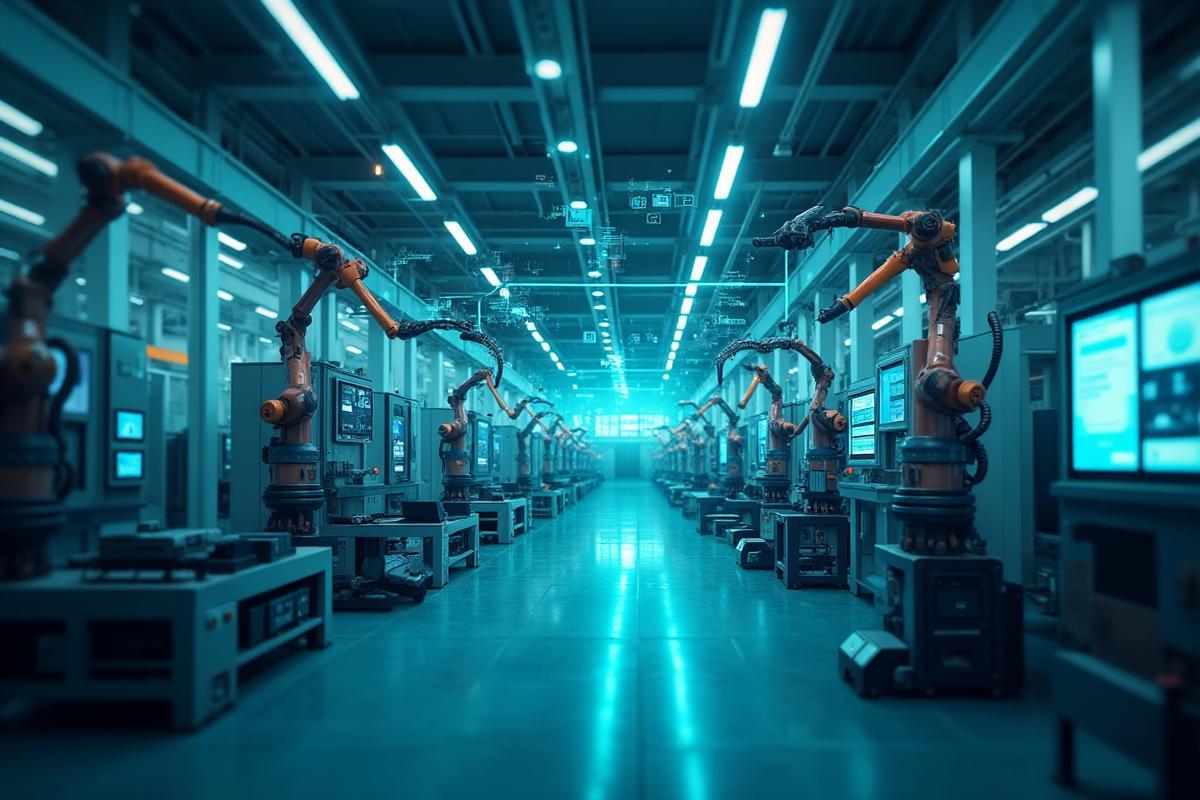The Problem
Manufacturing leaders everywhere are asking the same question: how do we bring the power of agentic AI into our factories without creating more complexity?
The promise of agentic AI—autonomous systems that can analyze, decide, and act across production and supply chains—is massive. But when executives sit down with their teams, they quickly run into a wall: integration.
For years, the go-to answer has been APIs (Application Programming Interfaces). APIs are connectors. They let one system talk to another. In theory, they are flexible and powerful. In practice, they often leave manufacturers with a web of fragile, one-off integrations that need constant care.
MCP (Model Context Protocol), a new open standard that emerged in late 2023 from leaders in the AI space, takes a different approach. Unlike APIs, MCP is not just a connector. It is a universal language for how AI systems and software exchange context. For manufacturing leaders evaluating how to scale AI agents across their plants, this shift is more than technical. It is strategic.
The Context: APIs as Yesterday's Tool
APIs helped build the modern digital economy. Every time a mobile app connects to a bank, or a logistics system pulls data from a warehouse, an API is at work.
But in a factory, APIs reveal their limits:
- One-off effort: Each API integration is like a custom handshake. Add a new machine, supplier, or AI tool, and another handshake has to be built.
- Context gaps: APIs are narrow. They pass data, but they do not preserve the full context that AI systems need to make good decisions.
- Scaling challenges: A factory with dozens of machines, ERP systems, and AI tools quickly becomes a tangle of brittle connections.
This is why many AI pilots stall. Leaders can see the benefit in a single use case, but scaling that success across multiple plants feels unmanageable.
MCP flips the model. Instead of custom connectors, MCP provides a common standard for sharing context. Context is the background information, history, and parameters AI agents need to act responsibly. Where APIs require translation at every step, MCP allows for plug-and-play interoperability across systems.
The Solution: MCP as the New Standard for Agentic AI
For manufacturing leaders, the difference shows up in real business terms: speed, resilience, and scalability. Let's look at three scenarios.
Example 1: Predictive Maintenance
The Old Way (API)
A tier-one auto supplier set up an API link between its machine sensors and a maintenance dashboard. It worked until a new machine type was added. Suddenly, the dashboard could not read the new data format. Engineers had to spend weeks rewriting connectors. By the time the system was stable, the production line had already experienced unexpected downtime.
The New Way (MCP)
With MCP, the same factory added new machines without disruption. The AI agent did not just get raw data; it understood the context, including machine type, operating parameters, and maintenance history, in a standardized way. Instead of rewriting connectors, the system immediately incorporated the new signals. The maintenance team shifted from firefighting breakdowns to orchestrating proactive, factory-wide health.
Example 2: Supply Chain Coordination
The Old Way (API)
A consumer-packaged goods manufacturer relied on APIs to connect its ERP with suppliers' ordering systems. Each supplier had a different API. During a supply crunch, one supplier upgraded their system, and the API broke. Orders vanished in transmission. The manufacturer scrambled, leading to late shipments and strained customer relationships.
The New Way (MCP)
Using MCP, the manufacturer's AI agent did not just send and receive orders. It exchanged the full context, including lead times, production priorities, and logistics constraints. When one supplier updated its system, the MCP layer ensured the AI still understood the intent behind the data. Instead of silent failures, the system flagged risks early and suggested alternate sourcing. What once triggered disruption now became an opportunity for agility.
Example 3: Quality Control
The Old Way (API)
A precision components maker connected vision inspection cameras to its reporting system via APIs. The data streamed in, but the API only carried results, usually pass or fail. When engineers wanted to analyze defect patterns across plants, they discovered that context such as camera settings, lighting conditions, and operator notes had not been preserved. Valuable insights were lost.
The New Way (MCP)
With MCP, the inspection AI agent shared not just the outcome but the full context. Engineers could see defect patterns by shift, by machine, and by operator. Instead of isolated pass or fail counts, they got a narrative picture of quality across the network. This context turned a reporting tool into a continuous improvement engine.
Why This Matters for Manufacturing Leaders
The distinction may sound technical, but the implications are strategic:
- Resilience: With MCP, adding or changing systems does not break your AI workflows.
- Scalability: What works in one plant can be extended across many without re-engineering.
- Clarity: AI agents make better decisions when they receive full context, not just raw data.
For manufacturers evaluating the next wave of digital transformation, this is the pivot point. APIs built the bridges of the last generation. MCP lays the foundation for autonomous, context-aware agents that can scale across entire value chains.
The Bottom Line
Agentic AI is not about sprinkling intelligence into one machine or one dashboard. It is about building ecosystems where AI agents can collaborate across systems, suppliers, and plants.
APIs will still have their place. They will continue to move data between systems. But for leaders aiming to unlock the full potential of AI agents in manufacturing, MCP offers a way to move beyond fragile connectors toward a resilient, future-proof standard.
The question is not just "How do we connect?" It is "How do we share context so our AI agents can act with clarity?"
That is the difference between incremental progress and a true step change in manufacturing performance.
